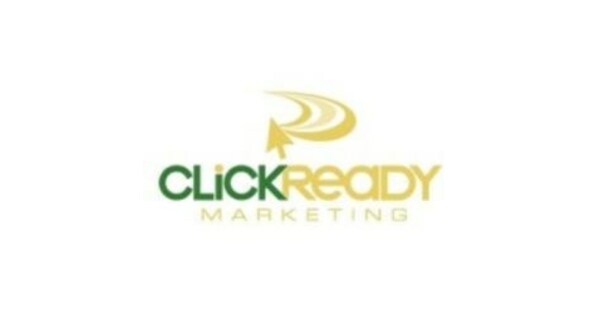As nicely as the extra rating alternatives that come from nicely optimised pictures, additionally they affect consumer expertise and web page load instances, and with Core Web (*5*) now an official rating issue, it is smart to make image optimisation a part of your SEO technique. Here are some key enhancements to give attention to:Name your information correctly Your file identify does extra than simply assist you to determine the best image from your personal inner folders, it will possibly really affect how simple it’s for serps to interpret your image, so it’s definitely worth the few seconds it takes to rename it earlier than importing to your website. Plus, a file that describes the image and makes use of key phrases might be going to make your life simpler than one thing like ‘IMG_011456’ from an organisational perspective. If you’ve received a media library with hundreds of the latter already in it, you may resolve it’s not definitely worth the time to return via each single one, nevertheless it’s in all probability not a foul thought to contemplate for key pages and pictures, and as observe to get into going ahead. Huge pictures are one of many largest elements behind poor website pace, and never solely is that this horrible for UX, it’s turning into more and more extra influential as a rating sign. What’s extra, it’s simply pointless. A crawling device like Screaming Frog will spotlight any pictures over a sure measurement, and you can too use Google’s PageSpeed Insights device to examine your website pace, which can record essentially the most offending culprits behind your poor rating. There are additionally numerous WordPress plug-ins accessible for image optimisation, corresponding to Smush. These assist you to rapidly compress your present pictures whereas retaining high quality, and can typically do it mechanically whenever you add any new pictures to your website. Add descriptive alt textual content The major use of alt tags is to supply a textual content various to your pictures in order that if for some cause they don’t load correctly, the image field will present the alt tag which can clarify what the viewer needs to be seeing. So it’s helpful for consumer expertise, however it will possibly additionally maintain profit for SEO since you’re associating key phrases with pictures. Just be sure you’re describing the image and never shoehorning key phrases in for the sake of it. Again, that is in all probability not one thing to lose sleep over in case your website has 827 pictures and no present alt textual content, however it’s a good behavior to get into, and one to consider for your key service or product pages. Similarly, image captions (the textual content instantly beneath your pictures) are additionally suggested as greatest observe by Google. It claims to extract details about the subject material from numerous content material on the web page, together with captions, so it is smart to contemplate this, particularly in situations the place you assume it might be of specific use to your guests. It type of goes with out saying, however actually, among the finest methods to ensure the pictures you may have in your website are doing their half and dealing as exhausting as they’ll, is to decide on the best ones within the first place. If you may, attempt to keep away from generic inventory images that’s already in all places else on the web. And be sure the image is related and of a excessive sufficient decision. This clearly impacts how your viewers thinks of your website, and due to this fact model, however in flip this additionally impacts the metrics that have an effect on your SERPs, corresponding to dwell time and bounce fee.
https://browsermedia.agency/blog/5-image-optimisation-tips-for-seo/




